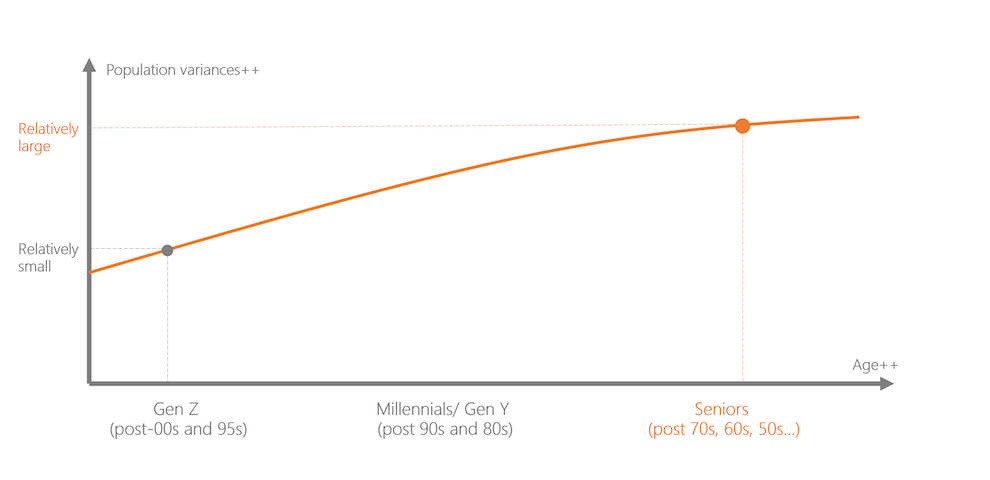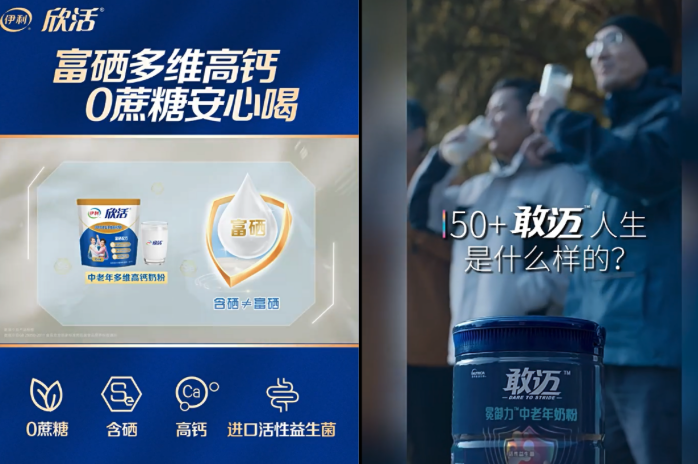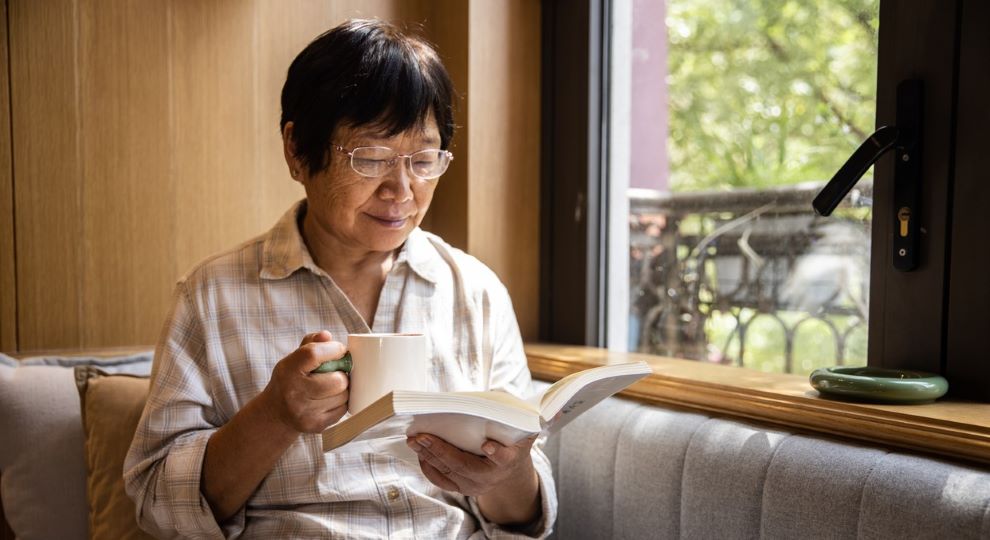Understanding China’s diverse senior population
Editor’s note: Maxwell Wang is founder of qualitative marketing research firm RESEARCHISM, China.
The term "seniors" paints a broad stroke over a highly diverse population. In China, the term encompasses a staggering 280 million people who are age 60 and above (2022). This demographic is projected to exceed 400 million by 2035, signifying a seismic shift in the country's demographic landscape.
However, characterizing this vast and diverse population solely as "seniors" or "silver-haired group" oversimplifies the intricate tapestry that defines this demographic, especially in today's market where segmentation is crucial for understanding consumer nuances and behaviors. Not to mention those between the ages of 50 and 60, often called "pre-seniors," who also should not be overlooked.
In market research, it's common to segment a sizable group with similar traits based on needs or attitudes to tailor the most suitable marketing strategies and tactics. For instance, the group of "mothers" can be further divided based on diverse parenting attitudes and consumption views, leading to different product lines, selling points and channels targeting different subgroups of moms.
Seniors need to be segmented more than consumers in other age groups.
Unlike younger demographics, seniors exhibit immense diversity influenced by political, economic and societal factors, shaping distinctive life experiences and values.

First, China’s complex policies governing pensions and social welfare benefits vary among urban vs. rural areas, former employment in state-owned companies vs. private enterprises and coastal vs. inland regions, directly impacting quality of life. These policy dynamics create starker differences than young generations.
Moreover, China's economic transformation over the past 40 to 50 years saw many seniors experiencing the period of people's communes and witnessing China’s reform and opening up policy. These societal changes during their youth created significant disparities in wealth as well as the social classes seen today. On the contrary, the generational contrasts and life juxtapositions resulting from these changes are experiences relatively unfamiliar to the younger generation entering a relatively mature market as they step into society.
From a sociocultural perspective, educational disparities among seniors have led to significant variations in cultural levels and values. Many of them might not have completed the mandatory nine years of education, perhaps lacking even primary school diplomas, while others might be industry pioneers with a (overseas) higher education background. Conversely, the younger Chinese generations are having an overall elevation in education levels, ensuring a certain baseline. Furthermore, the resurgence of the national college entrance examination ("gaokao") in the 1970s has given many rural youth the chance to change their destinies, narrowing the gap between urban and rural individuals.
Finally, in the past, limitations in technology and transportation hindered seniors from exposure to diverse perspectives, leading to contrasting viewpoints and a resistance to accepting differing opinions. The advent of the internet has dismantled geographical barriers, allowing younger generations to experience and understand diverse cultures, fostering a more inclusive and open-minded attitude toward different ideas and concepts. If Generation Z (post 1995) are internet natives, and Gen Y and Millennials (post 1980s and 1990s) are internet immigrants, then most seniors are internet “left behinds.” From a macro perspective, the world of seniors is not flat but undulating, filled with ups and downs.
Considering these complexities, it's critical not to perceive seniors in China as a monolithic group but rather acknowledge their diversity across economic, cultural and lifestyle dimensions. In a fiercely competitive consumer goods market, proper segmentation within this demographic is pivotal.
Demographics drive senior marketing strategies
When segmenting younger consumer groups, savvy marketers recognize that mind-set and attitude distinctions better reflect differences among groups than demographic indicators. However, with seniors, demographic indicators such as age, residence, income and education levels remain crucial classification criteria. This is because there's often a direct linear relationship between these basic personal details and the corresponding values and consumption behaviors, showing a strong correlation between the two.
Taking age as example, a 65-year-old and a 70-year-old might significantly differ in physical fitness and lifestyle, while this age gap isn't as apparent among those in their twenties or thirties.
Through these demographic dimensions, we can initially outline portraits of different groups of senior individuals and then delve deeper into understanding their needs and behaviors.
Similarly, differences based on regions and urban levels also apply. A senior citizen living in a first-tier city differs significantly from one residing in a fourth-tier city without high-speed trains, representing entirely different consumption abilities and needs. Conversely, two young people, one floating in a first-tier city and the other settling in a fourth-tier town, due to internet synchronization, have access to similar media channels, consuming comparable media content.
Marketing to seniors in China
In response to this diversity, brands should realize the necessity of not treating all seniors as a unified consumer group but instead have segmented specific groups within the seniors.
For example, Zulijian (足力健), a mass shoe brand targeting senior consumers, has chosen to cater to a basic style and functional appeal to the mass seniors, while Xiangwu (响午) presents a more modern and open-minded image, hoping to attract the urban older generation with a strong preference toward high-end and fashionable shoe designs.
In the powdered milk formula category, Yili and Mengniu have positioned their products based on functions, focusing on communicating information about ingredients to cater to the public. Meanwhile, Danone's Dare to Stride has begun encouraging seniors to face life fearlessly after 50, targeting the urban seniors with a relatively fashionable and modern lifestyle.

Image source: Yili’s Taobao e-commerce store (left) and Dare to Stride’s Taobao e-commerce store (right).
The senior consumer group is a tapestry woven with diversity – a canvas offering vast opportunities for brands that delve deeper and craft strategies tailored to the diverse needs within this demographic.
